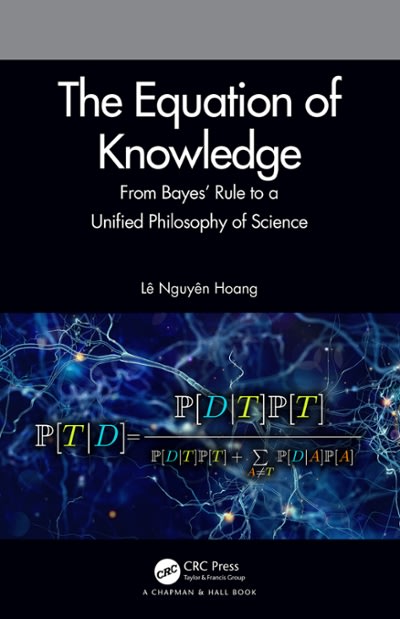Question
CHOOSE 1- Determine which of the following probabilities to the three (3) outcomes of an experiment are valid. P (E1) = 0.24, P (E2) =
CHOOSE
1- Determine which of the following probabilities to the three (3) outcomes of an experiment are valid.
P (E1) = 0.24, P (E2) = 0.43, P (E3) = 0.33
P (E1) = 0.37, P (E2) = 0.25, P (E3) = 0.43
P (E1) = 0.32, P (E2) = 0.25, P (E3) = 0.40
P (E1) = 0.31, P (E2) = 0.23, P (E3) = 0.40
2- Determine the probability that an even number will be rolled when rolling a die.
0.16 1/2 2/6 4/6
3- Determine the probability that a number less than six (6) will be rolled when a die is rolled.
1/6 5/6 2/3 1/2 4- If you have 10 red balls, 13 green balls, 15 yellow balls, and 12 blue balls in an urn, what is the probability that you will draw a red ball?
12/50 1/5 13/50 17/50 5- If you want to order students in a row to enter the cafeteria and you want to know in how many ways you can order that row, you use:
permutations combinations
The value of the combination C (104) is______.
5,040 210 2,520 421 6 - The value of the permutation P (98) is:
362,880 0 1 112,100 7- For the following probability distribution, find the value of P (2).
x f (x) 0 0.30 1 0.15 2 ? 3 0.40
1 0.20 0.15 0.40 8 - Using the following probability distribution, find the mean.
x f (x) 3 0.35 4 0.22 5 0.08 6 0.35 4.43 2.10 3.52 4.88 9- Use the binomial distribution table or formula to find the binomial probability when n = 10, p = 0.15, k = 3.
0.2759 0.2013 0.1298 0.0401 10 - Using the Poisson distribution table or formula, determine the probability when = 3, if x = 1.
0.2240 0.1494 0.0498 0.0550
Step by Step Solution
There are 3 Steps involved in it
Step: 1

Get Instant Access to Expert-Tailored Solutions
See step-by-step solutions with expert insights and AI powered tools for academic success
Step: 2

Step: 3

Ace Your Homework with AI
Get the answers you need in no time with our AI-driven, step-by-step assistance
Get Started


